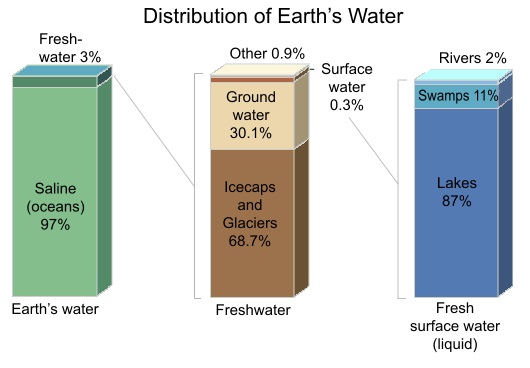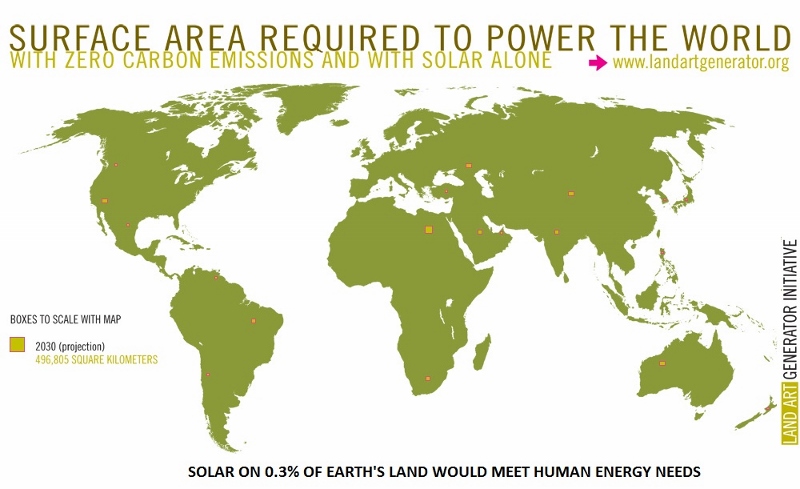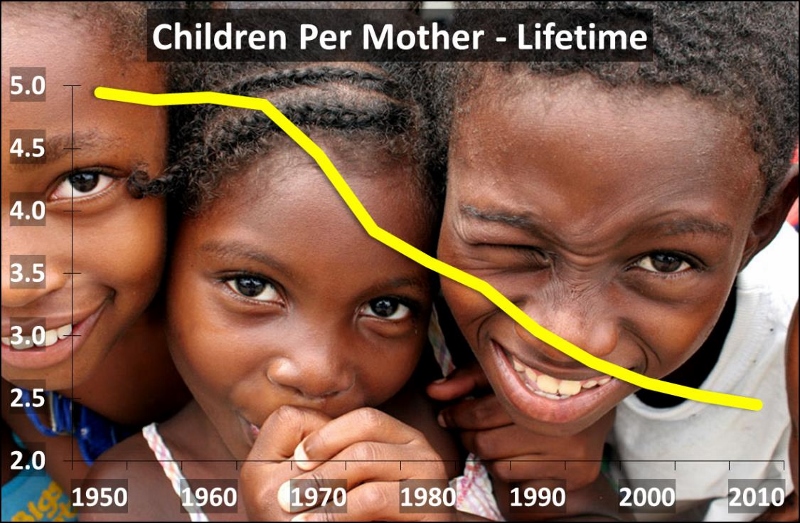“I’m an optimist. I believe in humanity’s ingenuity. Even on the path of the hard way, I think we’ll prevail. We’ll scramble and find solutions. Yet the cost will be far higher a decade or two from now than it would be if we started today. And the scars will run deeper, in species lost, in acidified seas, in forests chopped or burned down, in climate-created famines and pestilence, in wars and conflicts born of resource scarcity.” Ramez Naam, Computer Scientist
From :
The Limits of the Earth — Part 2: Expanding the Limits
This is a brilliant article that needs sharing. I’ve long been a believer that a negative “doomed for disaster” attitude to climate change will never inspire even the least apathetic of us. Fortunately we have evolution on our side and the inimitable human spirit for progress, discovery and of course innovation.
Here are three of many such innovations we should be proud of, but should also be using more of .. and Now!
“.. with continued improvement in desalination technology, we can have access to water supplies many times larger than any projected human need.”

Improvements in efficiency, such as Radial Deionization are greatly bringing down the cost. Don’t forget the planet is 70% water. If we can crack that, everything else comes easy.
Consider the sun, “which strikes the Earth with roughly 5,000 times as much energy as we consume from all sources combined” as photons. “..that energy is so vast that solar panels on less than 0.3% of the Earth’s land area would supply many times more energy than humanity needs for the next few decades.”

“On current pace, by 2025, solar power will be cheaper than electricity from coal or natural gas across the large majority of the planet, including China, India, and most of the developing world, where energy use is rising fastest”. Solar power itself can rocket a developing country’s economic development. SolarAid have been pushing this process for years but much more serious investment is needed at government level.
Deforestation MUST be halted too. Converting forest into farm and grazing land has many major hidden costs. “Since 1950, a full 60% of the world’s tropical rainforests have been destroyed”. The planet’s forests are the world’s lungs. Look at the differences today between Kenya and northern Brazil! Forests “.. consume CO2 from the atmosphere, converting it into wood and leaf (around 3.7 trillion tons of CO2) — equivalent to nearly a century of human emissions. They emit a quarter of the oxygen that feeds all other animal life on earth, including humans. They provide a safe haven for millions of species found nowhere else. ..And, through a process called evapotranspiration, forests bring rain to areas downwind of them. Tropical rainforests alone produce around 20% of the world’s oxygen and 30% of the world’s fresh water. Human activity that damages them has wide reaching effects.”
For population, the real deciding factor is education for more women. I posted in 2011 about the Brazilian women in the headlines as National Geographic’s Cynthia Gorney highlighted their incredible ability to lower the entire country’s fertility rate.

“.. between 2050 and 2100, something almost unprecedented in the history of the world is likely to occur” writes Naam. “The world’s population is likely to plateau between 9 and 10 billion people. And after that, so long as wealth and education continue to rise, the world’s population is likely to drop.”
So .. “On the one side, we have the pace at which we’re consuming finite resources and warming and polluting the planet — a trend with disastrous consequences should it continue unchecked. On the other side, we have our vigorous progress in innovating to tap more efficiently and cleanly into a truly enormous supply of fundamental natural resources the planet provides.” I know which side I’m rooting for.